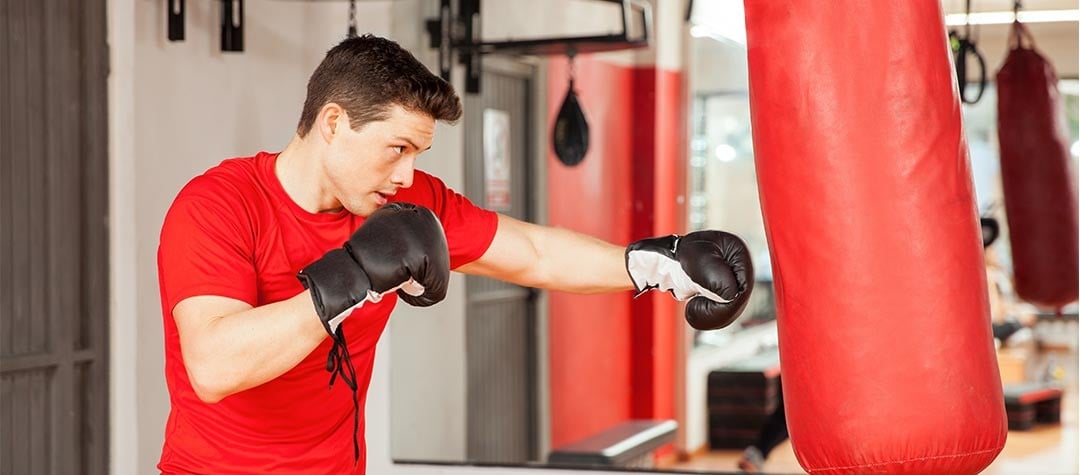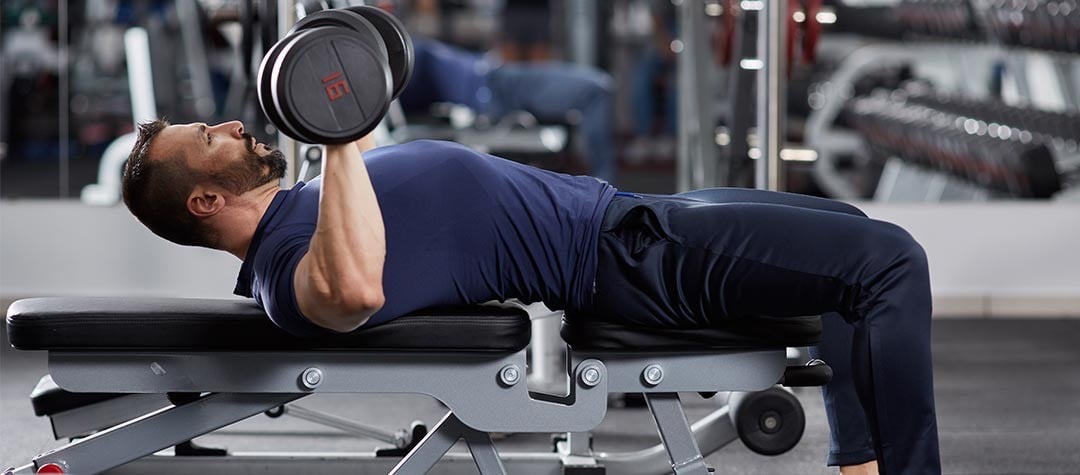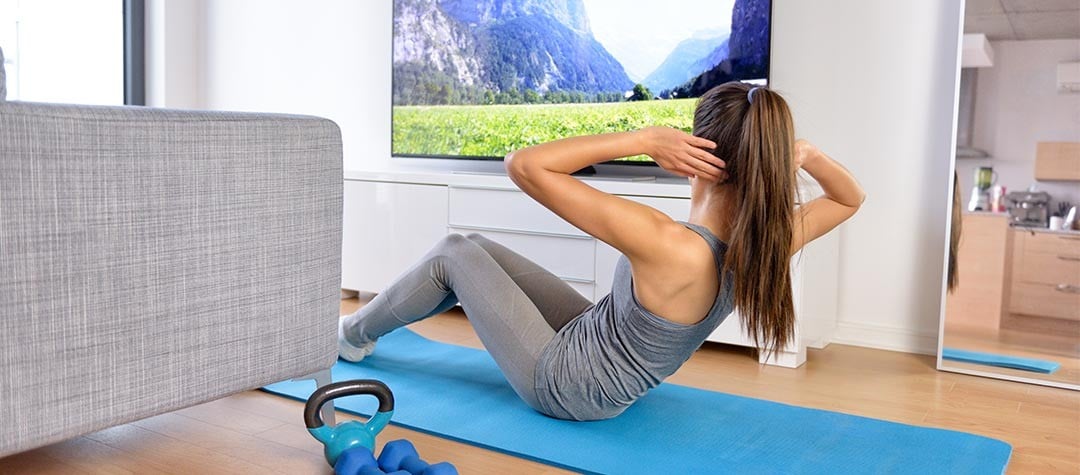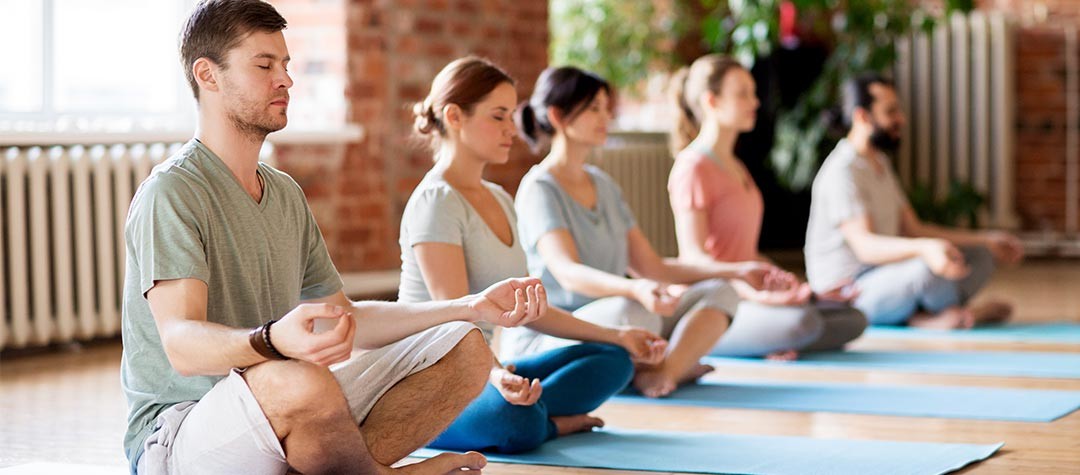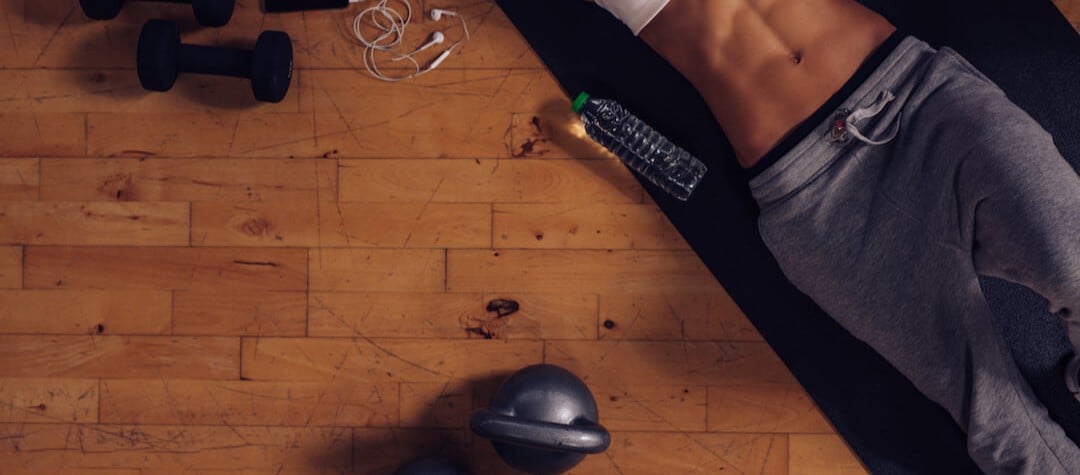Worried about picking up an injury whilst out walking? Minimise your risk with our guide to the 10 walking injury hotspots and how to prevent or treat injuries.
Walking may seem like a safer exercise option, but ignoring nagging injuries can lead to real damage, not least if you stop exercising and lose your motivation. So what are the most frequent walking injuries and causes, and how can we avoid or at least treat them?
1. Ankle sprains
Symptoms/Causes
A common problem, involving a sudden outward rolling movement of the ankle. Can be very painful, damaging the ligament on the outside of the ankle and bringing bruising, swelling and reduced movement.
Prevention/Treatment
As long as your bone structures are undisturbed, treatment usually consists of an ice application, compression and elevation, then rest. Within three days, you should be ready for gentle stretching and balancing exercises. Heat applications can also help.
2. Blisters, bunions, corns and calluses
Symptoms/Causes
Blisters are usually down to ill-fitting shoes and socks that don’t absorb moisture adequately. Bunions, corns and calluses may also be due to inadequate footwear. Bunions form on the side of the big toe, bringing painful swelling. Walkers with flat feet, low arches, or arthritis may be more prone. Corns and calluses are thickened layers of the skin, affecting toes and feet.
Prevention/Treatment
For blisters, apply blister creams and keep pressure off that area. For bunions, try over-the-counter painkillers, bunion pads, and special insoles to relieve pressure or ice pads to numb the area. Ultrasound or other similar treatments may also reduce inflammation. Severe cases can require surgery. For corns and calluses, cream applications are again the best treatment. In all three cases, properly-fitted footwear will help, ensuring you have enough room around the toes. Also, consider a fresh look at the way you walk, something a podiatrist can help with.
3. Ingrown toenails
Symptoms/Causes
Soreness or swelling on the sides of the toes from when the corners or sides of your toenails grow sideways, pressurising surrounding soft tissues, even growing into the skin. Ingrown toenails are more likely if shoes are too short or too tight. They can lead to bleeding under the nail, and your nail might eventually fall off.
Prevention/Treatment
Ensure ‘wiggle room’ in your shoes, maybe going up a half size, as feet tend to swell during exercise. Use toenail clippers to cut straight across instead of rounding corners. Those who push off from the toes can exacerbate problems. You can use special inserts. If symptoms grow worse, it may be infected, so see your doctor or a podiatrist.
4. Achilles pain and tendonitis
Symptoms/Causes
Pain in the back of the heel and lower calf could signal problems with your Achilles tendon, which connects the calf muscle to the heel, possibly irritated by over-walking, especially if you don't build up to it. Repeat flexing when tackling steep hills or uneven terrain also strains the tendon, triggering lower leg pain.
Prevention/Treatment
Reduce your distance or try activities like swimming or upper-body strength training. Avoid walking uphill. Calf stretches may prevent problems. In severe cases, limit or stop walking and use icepacks to reduce inflammation. On returning to walking, stick to flat surfaces, gradually increasing distances and intensity.
5. Heel pain
Symptoms/Causes
Tenderness on the heel or bottom of the foot, such as the ‘plantar fascia’ tissue running from your heel bone to the ball of your foot. It may be down to overworking the streets, especially with the wrong footwear, or increasing your normal walking routine. Those with high arches or people who walk on the insides of their feet are susceptible. Untreated, it can lead to painful, bony growths.
Prevention/Treatment
Loosen the tissue through stretching. Also, try resting your heel, using an ice pack and taking non-steroidal anti-inflammatory painkillers. Wearing well-fitted shoes that support and cushion your feet, or using supportive devices or strapping is also helpful. If the pain grows worse, speak to your doctor or podiatrist.
6. Lower-back strain
Symptoms/Causes
Repetitive movement can make existing lumbar (lower-back) injuries worse, with tendons and ligaments around the spine overworked. Arthritis or inflammation of surrounding nerves also causes pain.
Prevention/Treatment
As you walk, engage your abs, pulling your stomach back. Avoid bending at the waist. Keep your spine elongated and lean the whole body slightly forward from the ankles. Short ‘pull’ exercises may help too. Cross your arms at the wrists in front of your waist and raise your arms as if pulling a shirt up over your head. Grow taller as you reach, then lower your arms, letting your shoulders drop into place.
7. Shin splints
Symptoms/Causes
Stiffness or soreness in your shins as you exercise, causing problems for muscles and surrounding tissues, and creating inflammation as strong calves pull repeatedly on weaker muscles near the shin. Those who walk too much too soon or too fast too soon, or people who climb a lot of hills or walk on concrete tend to overwork the shin muscles. Severe cases could also be down to stress fractures of the tibia. Again, inadequate footwear is a common cause.
Prevention/Treatment
Better techniques and proper tailored footwear will have an impact. If you’re still suffering, cut back on walking for three to eight weeks to give tissue time to heal. If it hurts, avoid it. Try anti-inflammatory medication or cold packs to reduce swelling and relieve pain. Instead, keep in shape by cross-training such as swimming or cycling.
8. Bursitis
Symptoms/Causes
Soreness on the outside of the hips where the fluid sacs cushioning joints become inflamed with repetitive stress. People with one leg slightly longer than the other are more susceptible, as are those who do too much walking without building up to it.
Prevention/Treatment
Cycle and swim for a few weeks instead. Anti-inflammatory medication also helps. When you begin again, walk every other day at first, including five-minute warm-ups and cool-downs. In more severe cases, crutches reduce pressure.
9. Runner's knee
Symptoms/Causes
Throbbing in front of your knee when you strike down can lead to your kneecap rubbing against your femur (which connects the knee to the hip), causing cartilage damage and tendonitis. Those with prior injuries, weaker thigh muscles, soft knee cartilage, flat feet, or those who walk too much are at greater risk. The pain usually hits downhill, when doing knee bends, or sitting when for long spells.
Prevention/Treatment
Switch exercises for around eight to 12 weeks. Quad strengthening exercises may help. When walking or hiking downhill, take smaller steps and try not to bend your knees too much, or try walking sideways to give side hip muscles a workout.
10. Stress fracture
Symptoms/Causes
Commonly down to over-training or pushing yourself too far, particularly on hard surfaces, bone tissue breaks down and – without proper recovery time - small cracks appear, leading to acute pain in the foot or lower leg. This is more likely if you walk for too long without building up to it, especially if you have high arches or rigid, flat feet. Women may also be more vulnerable and poor nutrition can play a part too.
Prevention/Treatment
Rest and ice are advised. Allow several weeks to recover. In the meantime, try swimming, water aerobics, or upper-body weight training. On returning to walking, stop before you feel discomfort. If you walk a mile and experience symptoms, slow down. Replace your shoes when interior cushioning has worn down. Calcium-rich foods like yoghurt, cheese, greens such as kale, and supplements may also help.










